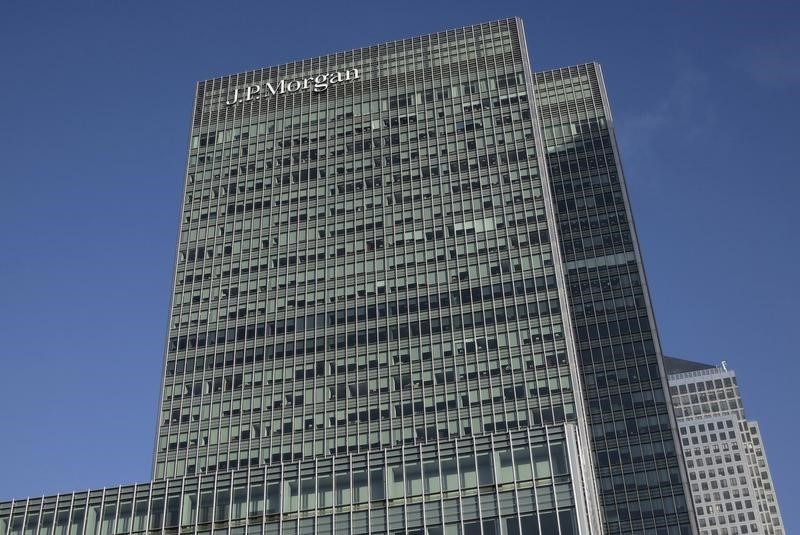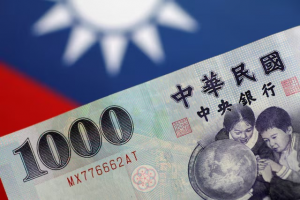JPMorgan reported a significant change in investor behavior in Asian markets, noting that light positioning, which had been a tailwind for markets, has shifted and could now become a headwind.
Since early April, when JPMorgan advocated for potential market upside due to extreme tariff pessimism and low investor positioning, there has been a rapid change. Investor positioning in Asia, which includes long-only funds, hedge funds, derivatives, retail, and foreign exchange investors, reached its lowest point since 2019.
However, it has since moved to the 59th percentile, indicating a more neutral stance.
This shift in positioning, according to JPMorgan, could potentially restrict market gains. While there is a possibility for further upside, driven by positive developments in tariffs, geopolitical tensions, or macroeconomic conditions, such as increased trade activity, JPMorgan remains cautious about the medium-term outlook for regional equities over the next six months.
The firm’s analysis suggests that the end state of the five market drivers they have identified still points to a cautious stance.
JPMorgan’s current pecking order for the Asia ex-Japan (AxJ) region prioritizes India at the top, followed by China, Korea, Taiwan, and the ASEAN countries. The bank’s bull case index target for the MSCI Asia ex-Japan Index (MXASJ) stands at 825, but reaching this target may depend on a combination of improving news flow and macroeconomic conditions.
The bank’s recent findings are a part of their ongoing tracking and analysis of investor positioning and market drivers, which began in 2019. They continue to monitor these dynamics closely, as they can significantly influence market movements and investor strategies in the region.













